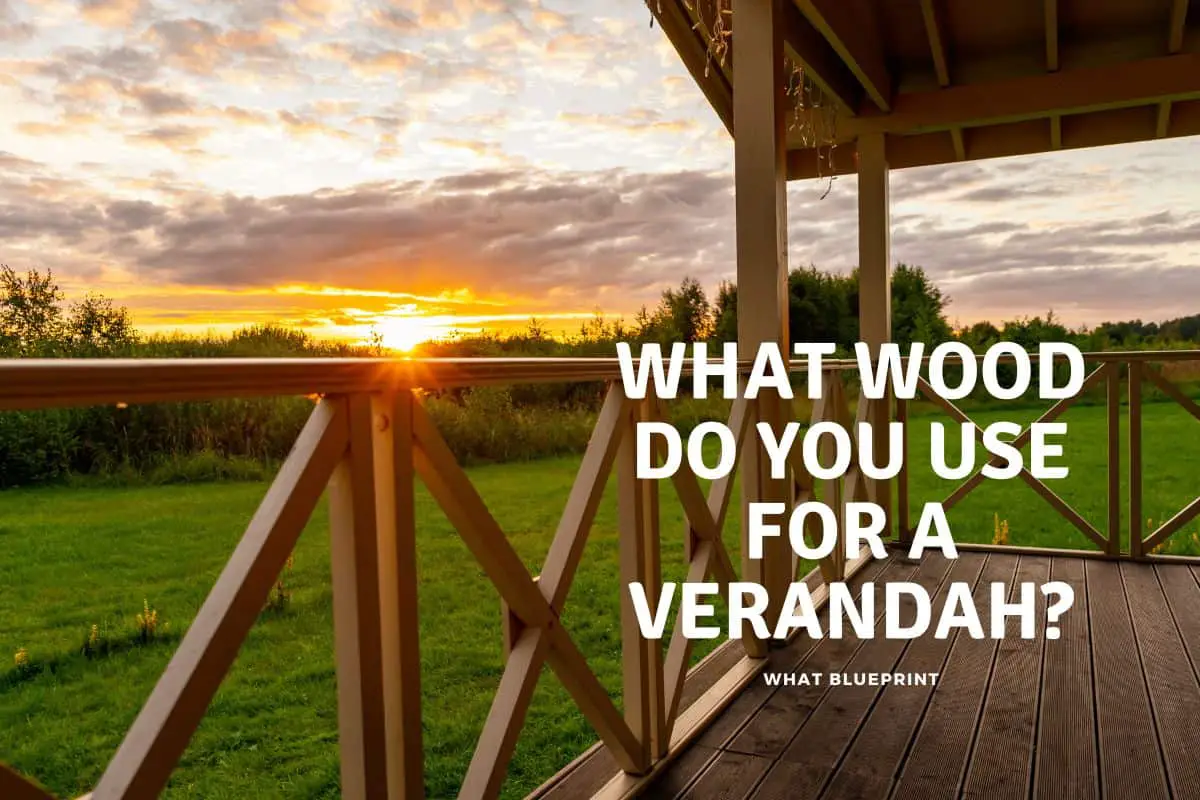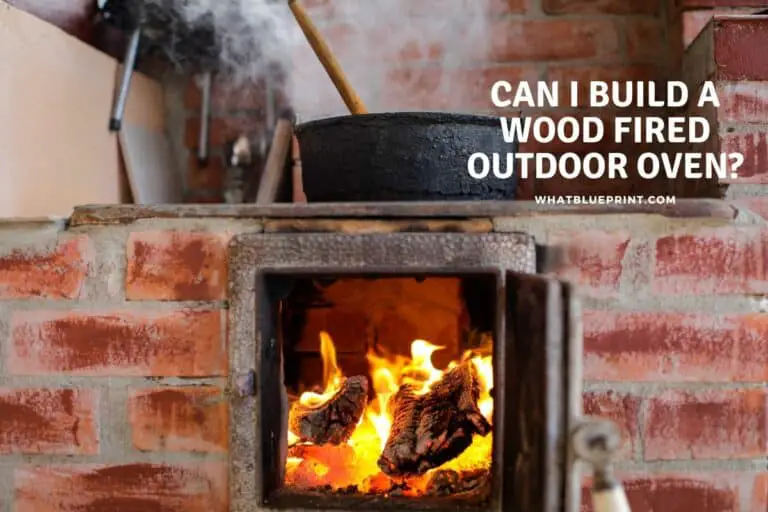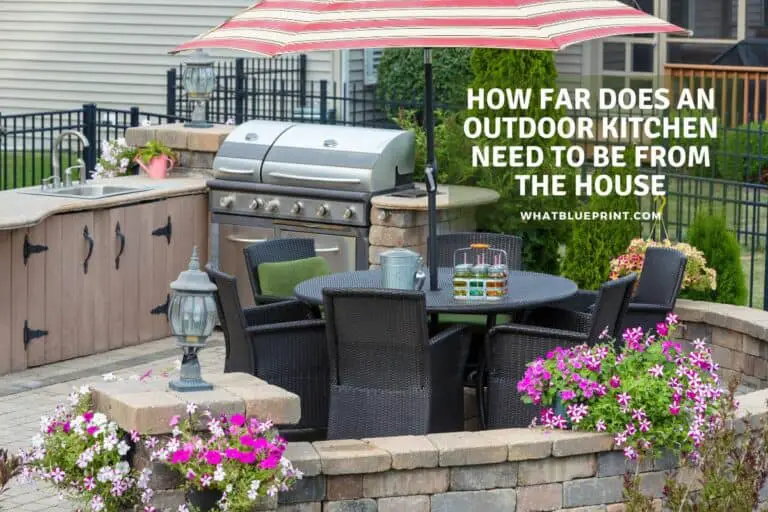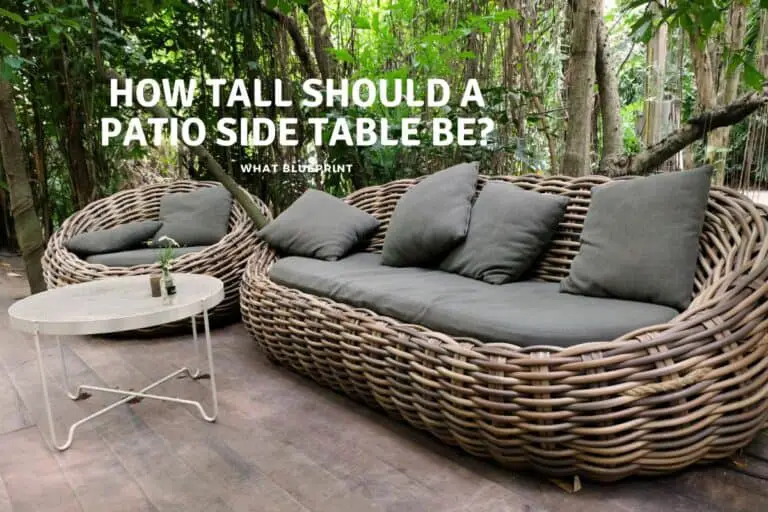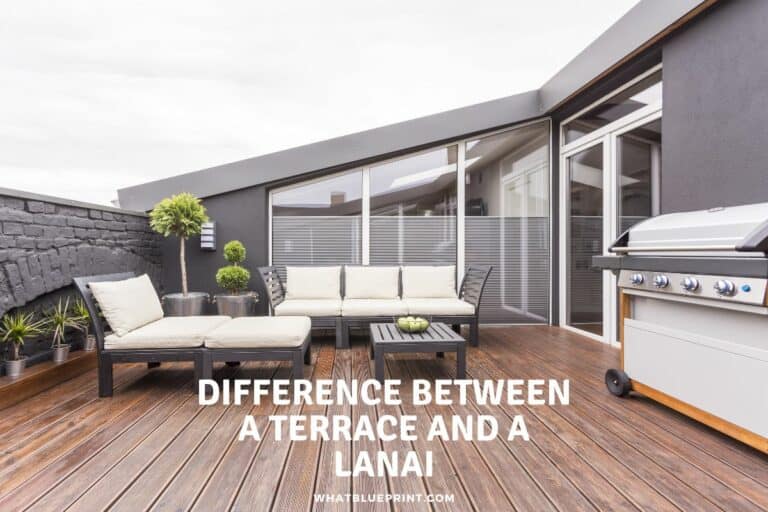What Wood Do You Use For A Verandah?
With such a wide variety of different wood types available on the market, it can be a difficult decision to understand which type of wood will be best for your specific project. Naturally, being outdoors, a verandah will have a whole different set of requirements compared to an indoor space. The choice of wood will be impacted by this.
For the structure of a verandah, the best type of wood to use would be pressure-treated structural timber such as douglas fir, Southern Yellow Pine, or Western Larch. Redwood and Cedar would be excellent choices due to their inherent resistance to weather and pests, but the cost will be prohibitive.
While other hardwoods can be used for the decking and the furniture on a verandah, it’s generally best to use pressure-treated structural timber for the structural elements of the verandah. This will ensure that the project can withstand adverse weather and pests while keeping the project within a reasonable budget.
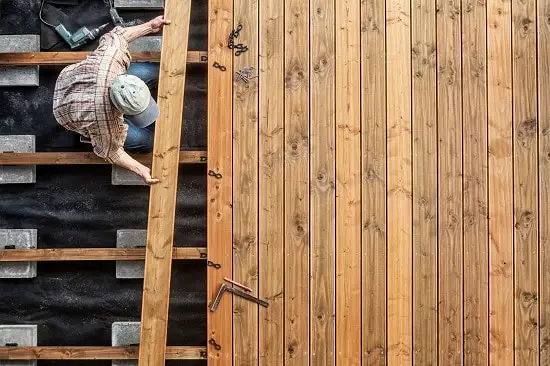
What Wood Do You Use For A Veranda?
There are countless options currently available on the market when it comes to timber. This can make it an overwhelming experience for any homeowner to choose a specific wood when looking to build a structure such as a verandah.
Because a verandah is exposed to the elements and potentially adverse weather conditions, several types of wood will not be suited to this application. This thankfully eliminates many timber types from your list of choices.
Wood on the verandah will be constantly exposed to the weather conditions and other natural elements such as termites, wood borers, and mold. All of these natural elements can cause severe degradation of the timber if it has not been properly treated against such severe types of damage.
The best option for a veranda structure when it comes to wood is high-quality structural timber such as
- Douglas fir,
- Western larch, or
- Southern yellow pine.
For outdoor use in a structure such as a verandah, these timbers must be properly pressure-treated to ensure durability, weather protection, and pest resistance. Pressure-treated wood is properly protected from adverse weather and other pests such as termites and wood borers.
The last thing you want is your verandah to succumb to a termite infestation. Thankfully, wood that has been properly pressure-treated will be highly resistant to such infestations. Pressure treatment involves treating the wood in a factory with specific preservatives that will repel rot, pests, and any other possible cause of decay.
This foundation-grade pressure-treated lumber is perfectly adequate for building a veranda. Not only is this timber an economically viable option, but it is also extremely long-lasting.
Despite being pressure-treated for durability and rot resistance, structural timbers such as Douglas fir, southern yellow pine, or western larch can be specified to have an additional protective finish applied to give the timber an extra degree of weather resistance.

Redwood And Cedar
Redwood and Cedar, more specifically the heartwood of these timbers, are both excellent timbers for outdoor use. They both possess a natural ability to resist decay due to the oils naturally found within the timber. These two types of wood are also highly resistant to mold and insects, such as wood borers and termites.
Besides being extremely weather-resistant and pest-resistant, redwood and Cedar are also extremely aesthetically pleasing. This is why they are a firm favorite when choosing timber for verandahs and balconies. This is also often the case with verandah furniture and decking.
Despite all the positives associated with redwood and Cedar, both types of timber are prohibitively expensive. They are far more expensive than standard structural wood such as douglas fir, southern yellow pine, or western larch.
Because the structural timber used in a verandah is often covered by paint or another type of surface treatment, it would generally not make sense to use an expensive wood such as redwood or Cedar in this context. It would simply be an enormous added cost that would be completely unnecessary when conventional structural timber would do the job adequately.
It’s generally considered better to use redwood and Cedar for the furniture and decking of a verandah where its aesthetic appeal can be fully appreciated.
Timber Quality
When purchasing timber for any building project, you must obtain the right quality. While it’s not always necessary to buy the highest quality timber for every project, you need to ensure that your purchase is of an acceptable quality level.
It’s important, therefore, to ensure that your chosen timber suppliers are fully approved by the relevant national authority. This will ensure that the timber meets the required safety, integrity, and quality standards.
The American Wood Preserver’s Bureau, now known as the American Wood Protection Association, is one of the bodies that ensure the standardization of timber product quality across the board. To see if the timber you purchased meets the necessary standards, check its surface for a grade stamp from the relevant association.
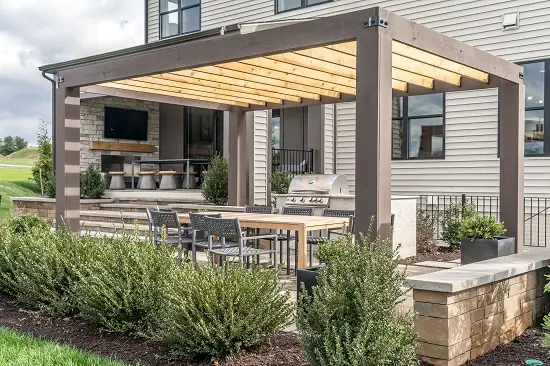
Timber Grades
While still at the mill, timber is sorted according to quality grades. Its grading level is established through testing its quality and moisture content. The piece of timber is then labeled with a stamp specifying these attributes mentioned above, along with its grade name, wood species, and grading agency.
Each grading agency generally has its own stamp., such as those of the Western Wood Products Association and the American Plywood Association.
There are several other characteristics of timber that help determine its grading. Some of these factors include natural characteristics that have occurred during growth, such as knots. Other occurrences such as errors in milling or problematic manufacturing defects that occur during the timber’s drying and preserving processes will also impact its grading.
This is because these defects will often affect the strength, appearance, and durability of the piece of timber.
Conclusion
As discussed above, the heartwoods of Cedar and redwood are excellent for outdoor use due to their aesthetic appeal and natural ability to resist decay and pest infestations. However, the cost of such timbers can be extremely high, so it is best to use a cheaper alternative such as pressure-treated douglas fir. This ordinary structural wood will serve the same purpose as the others for a fraction of the price.

